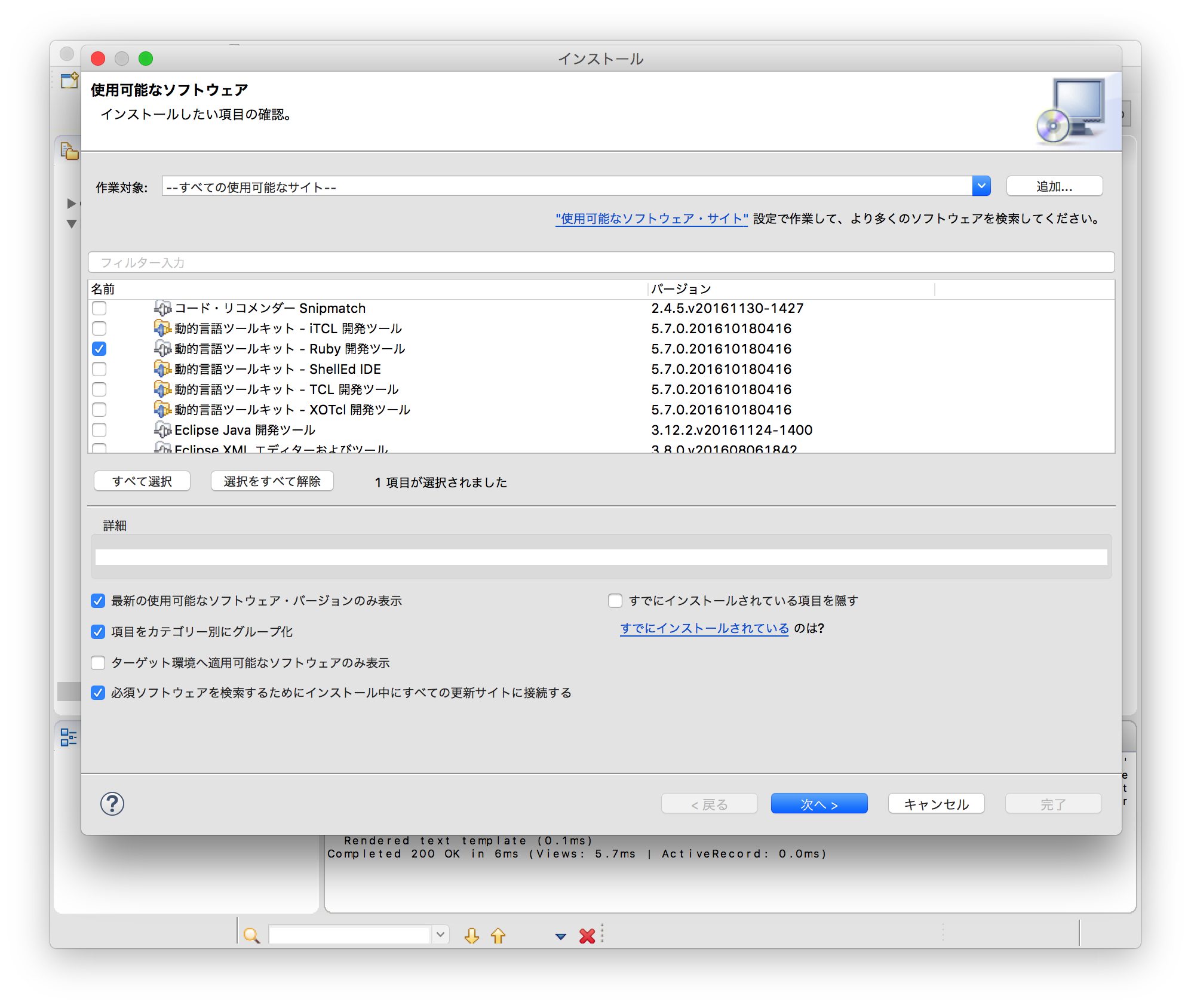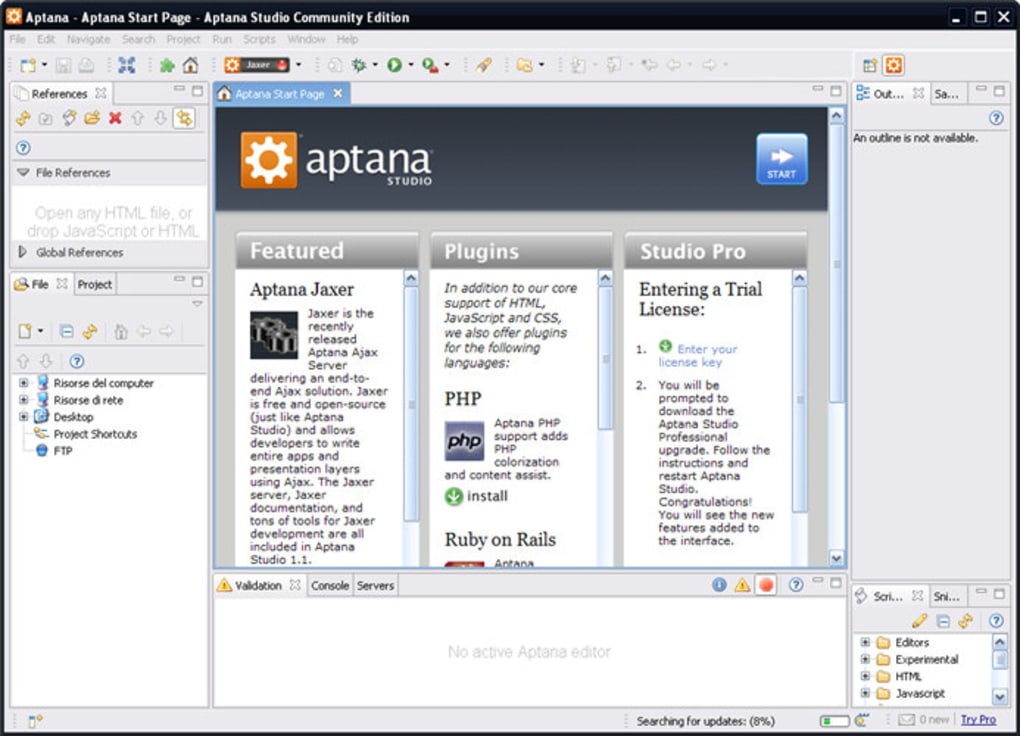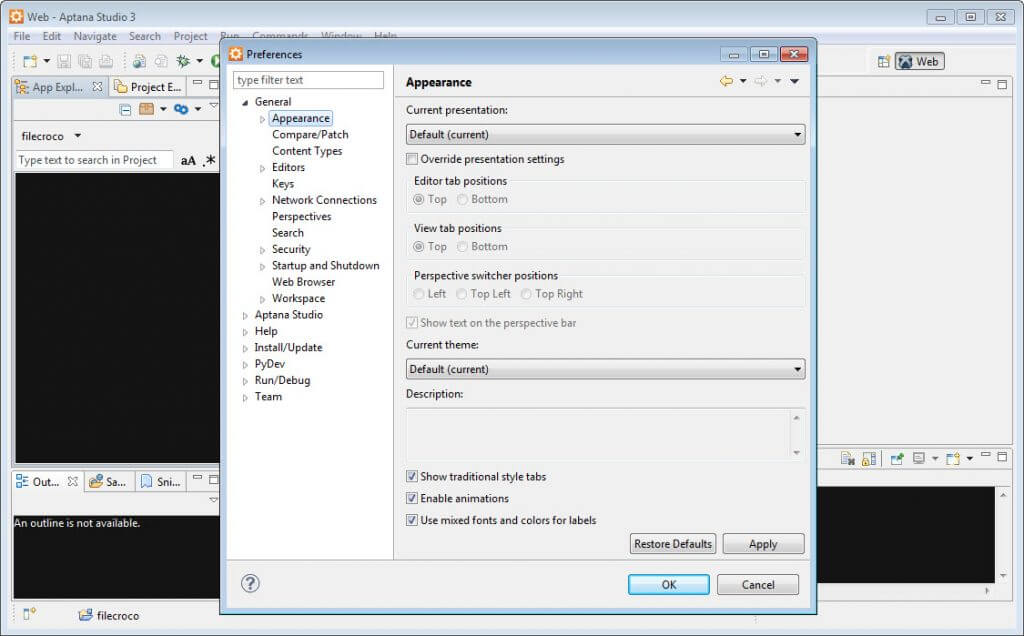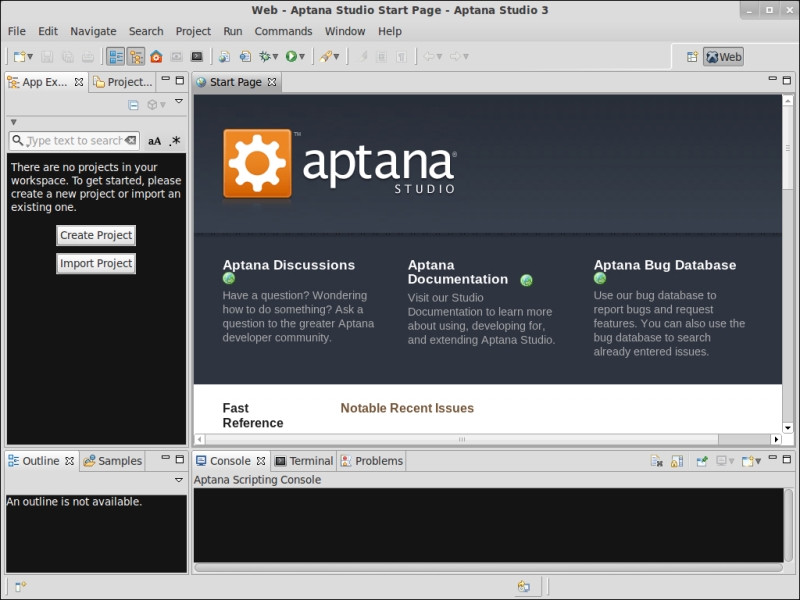

Firefox is smart enough to check the content first before deciding what type of document it is. So Chrome simply display the page as HTML.

Although Firefox has no problem recognizing it, I’m quite sure I’m missing something here.Īfter some searches, it became clear that the page was returned as a text document.

I was having problem getting Chrome to recognize a page as RSS or XML feed. htaccess to this folder, DO NOT remove the defaults. Simply append these beneath the existing lines. htaccess already exists, DO NOT remove the defaults. htaccess file inside the public_html folder. To do that, you need to create (or edit if it’s already there) a. public_html/your_app_name).īy default, the primary domain points to the folder public_html in most of the shared hosting environment.

The other (slightly more complex) way is to point your primary domain (e.g. This should automagically work without much hassle. your_app_) and point it to your application folder (i.e. The easier way of accessing your application is to set up a subdomain (e.g. You need to follow either one of the following step depending on your setup. There are 2 ways of accessing your application from the hosting server. Open and edit your_app_name\bootstrap\app.php: cd applications\your_app_nameĬaution: You have to run deploy.sh within applications\your_app_name, otherwise it will fail. Now we need to tell our application the location of the new public folder. Otherwise you will get an error saying the class cannot be found. You may need to run the following command in your root folder to autoload the new class. But it is extremely crucial to follow the same recommended folder structure I’ve mentioned earlier. We’re using relative path here so you don’t have to know the absolute path. |-index.php basePath.DIRECTORY_SEPARATOR.'././public_html/your_app_name' This is the high level folder structure: your_app_name In this tutorial, I’ll show you some guide to deploy your Laravel 5 application onto a shared hosting server.īy default, the Laravel folder structure assumed that the public folder is within the application itself.
#GET APTANA STUDIO 3 FOR MAC UPDATE#
UPDATE (): Added some common problems found from the lovely comments. If it’s working on homestead, it’ll most likely work on your shared server. Use homestead to create a domain with the same folder structure. Please test it on your local environment first. UPDATE (): I’ve received a number of enquiries with this setup. UPDATE (): Added a final step for pointing domain to subfolder. Let’s assume we want to have a Cart class that creates a new order and add products into it. You can either restrict the coupons to Categories, Products, Module/Membership or Bundles. Next, create coupons that are “restricted to” these products. Product creationįrom the portal, create as many products as you see fit. Treat this as a guiding ground but keeping in mind that this is not the only way. However, it is up to your imagination and creativity to come up with many other ways. In this tutorial, I’ll be showing you one way of using the coupon. Hence, in many cases, it is up to the developers to design their business logic for their front end. It only offers backend system for end users and leave the front end solely to the developer. RedminPortal is a content management system for developers. These features will eventually be ported to develop-v0.2 branch, which supports PHP 5.4. Note: This tutorial refers to the latest develop branch which features may not be in the master branch yet.
#GET APTANA STUDIO 3 FOR MAC HOW TO#
In this tutorial, I’ll show you how to apply coupon to your products and calculate the discounted price.


 0 kommentar(er)
0 kommentar(er)
